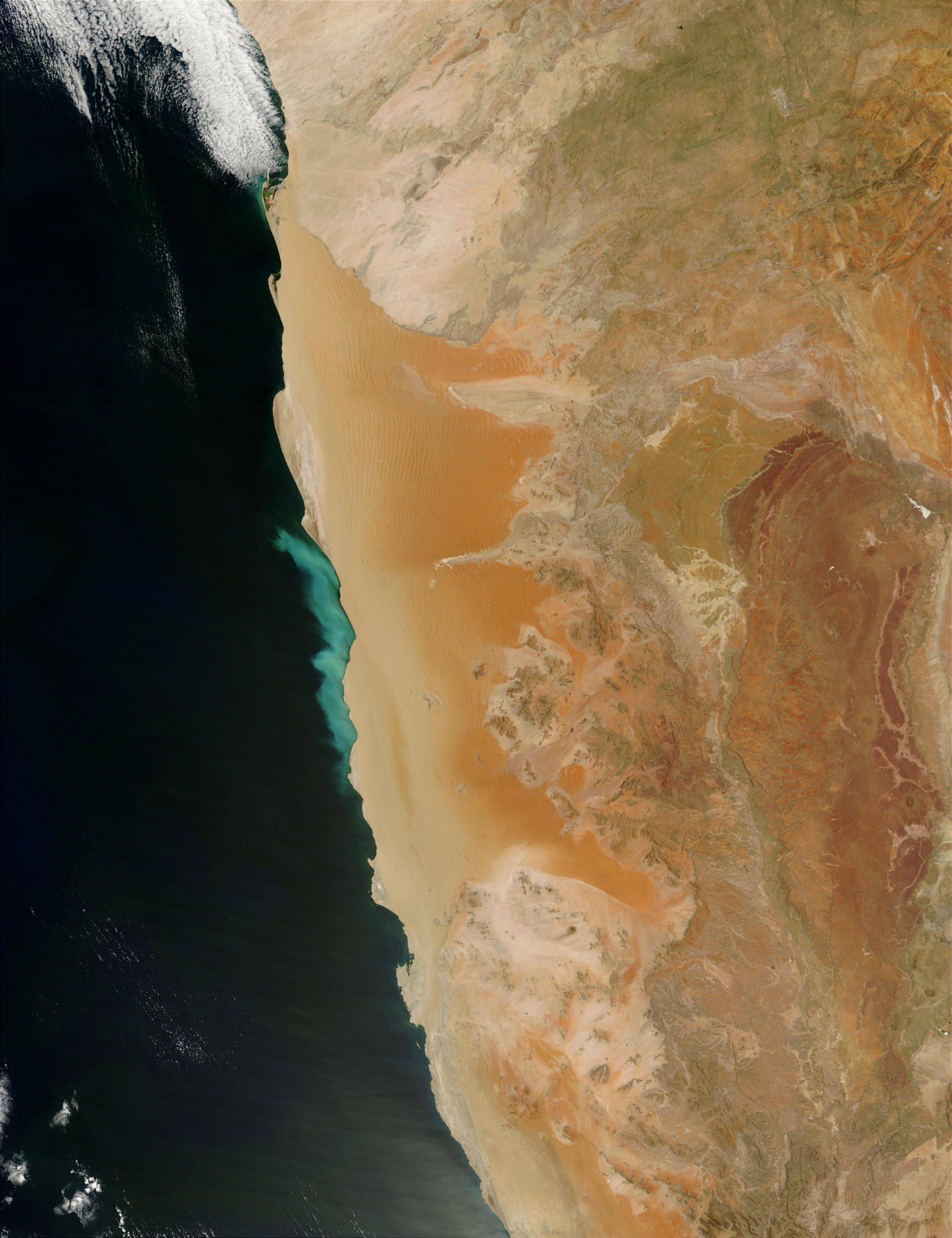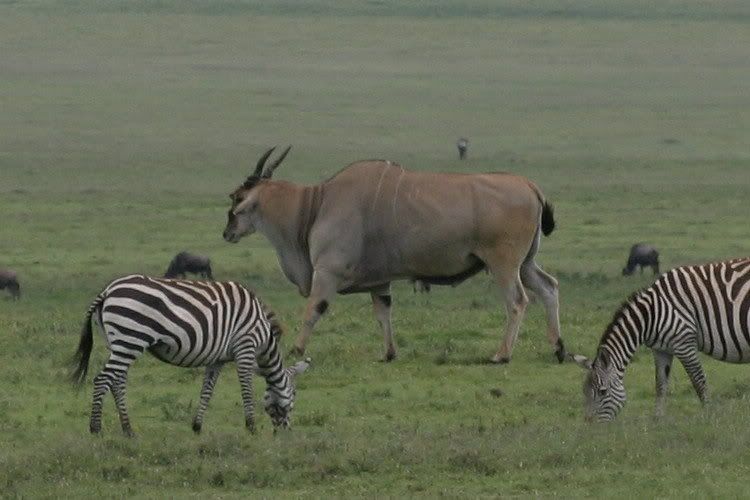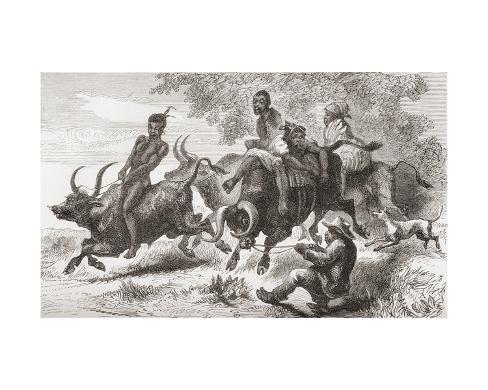The point of divergence? Using the papers of middens and Megamiddens in southwest coastal Africa I'd say around 9-8kbp.
At the end of the Last Glacial Maximum 20km of shore line disappeared in Elands Bay, further south it was a bit more dramatic
<snip>
So you have a drastic reduction of avaliable winter rainfall space. Limiting knowledge of faunal assemblages and flora subsistence. Finally, there are other people previously adapted to the cycles and systems migrants have to compete with now.
We know already that the use of shellfish, seals and penguins are of great antiquity in the region. Stable populations with vast numbers that have high caloric returns when compared to herding animals.
The return rates of hunting trips for Kalahari populations could not and did not support the caloric needs for population growth beyond replacement levels even in wetter times.
So we have established the when, so what is a viable opportunity for my ATL's population to grow?
The PoD arises with specialized sealing, penguin egg gathering, sea weed eaters (who have the
specialized bacteria in their gut to digest algal polysaccharides) who relish whale meat. They stick to the coasts, they have a taste for and adaption to marine subsistence. The return rates are always higher as was said above and the prestige is no longer with ungulates. If anything grass eating animals are seen with disdain, only the elephant and bull eland have high enough fat to be worthy of eating. Even then in this mindset they are seen as creatures of rain and pools and are considered to be "water" animals.
Beached Whales create need for high levels of coordination, planning, materials for storage and places to store the harvest. It's creating feast opportunity and surpluses for more construction materials, more "potlatches", more time for occupational expansion beyond the daily tasks and need.
This creates a number of other effects that set this ATL into motion.
____
The only other issue I can think of is water, but it's not nearly as bad as people would imagine. Namibia has a very conducive hydrology, their rivers eventually just go underground it just takes digging. Even amongst the scattered and rather small clans of inland Australia "soakages" were dug at depths of three meters.
There are a number of plants that are indicators of ground water that can be clues on planning digs. There are ways to store vast amounts of water by other means that can be mentioned later. But suffice to say those who control soakages, wells and cisterns control the people.
Does this answer your question?





